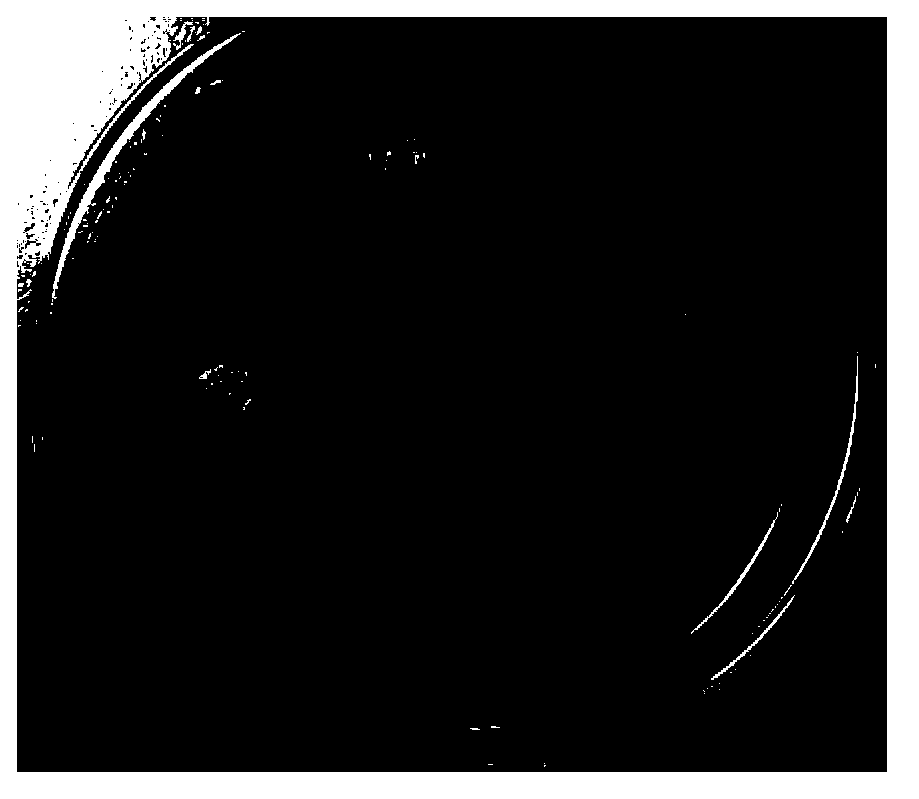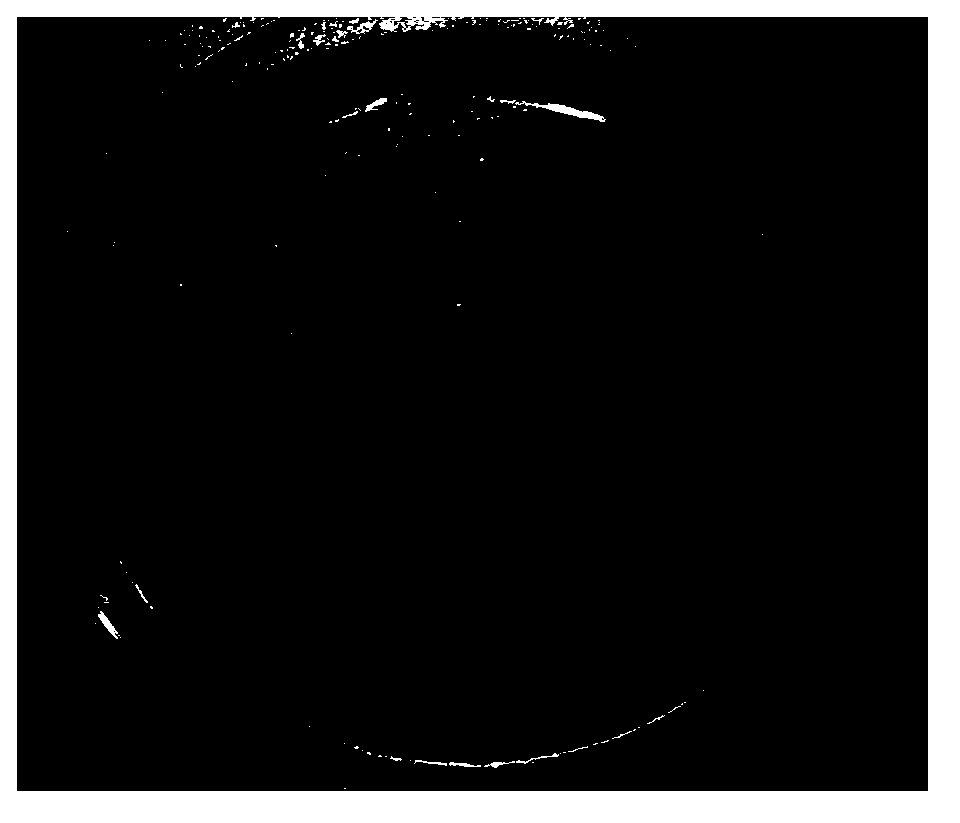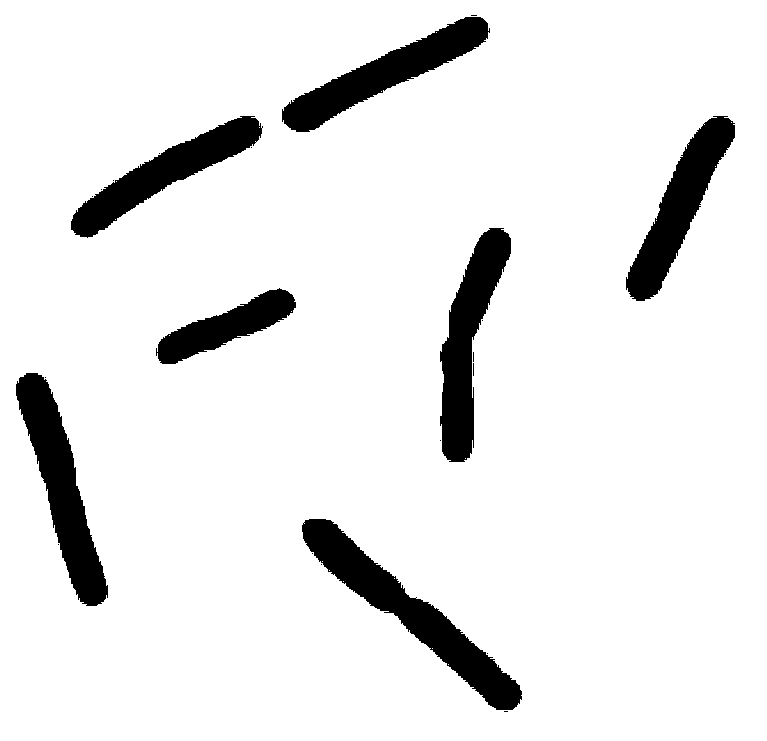Tibetan pig source bacillus and application thereof
A technology of Bacillus and Bacillus subtilis, applied in the direction of bacteria, enzymes, biochemical equipment and methods, etc., can solve the problems of long production cycle, low cellulase activity, hindering the practical application of cellulase, etc.
- Summary
- Abstract
- Description
- Claims
- Application Information
AI Technical Summary
Problems solved by technology
Method used
Image
Examples
Embodiment 1
[0070] Example 1: Separation and screening of BY-2
[0071] 1.1 Source and collection of experimental materials
[0072] The experimental samples were collected from 8-month-old healthy Tibetan pigs in Xi'an Tianxin Tibetan Pig Breeding Base. %, concentrate feed 20% (corn 70%, bran 30%). After the experimental pigs were slaughtered, the abdominal cavity was cut open, the cecum was quickly separated, and about 20 cm (take 2 parts) of the intestinal segment was taken, and the two ends of the intestinal tube were ligated and cut off with strings, put in a sealed plastic bag to vent and seal, and put it in the ice box quickly. Take it back to the lab. One part was stored in a -80°C ultra-low temperature refrigerator for subsequent experiments, and the other was placed in a 4°C refrigerator and quickly used to isolate intestinal bacteria.
[0073] 1.2 Isolation and screening of strains
[0074] 1.2.1 Configuration of medium
[0075] Carboxymethylcellulose sodium selection medi...
Embodiment 2
[0081] Example 2: Identification of BY-2
[0082] 2.1 Morphological features
[0083] The BY-2 strain was cultured in liquid LB medium at 37°C and 220rph for 12 hours with shaking. After Gram staining, it was observed under an optical microscope. It could be seen that the bacteria were rod-shaped and stained purple, which belonged to Gram-positive bacteria ( image 3 ).
[0084] The spore morphology of the bacteria: make a smear of the bacteria liquid cultivated for 24 hours, and use the malachite green staining method to stain the spores. The spores are stained green, and the vegetative bodies are stained red ( Figure 4 ).
[0085] 2.2 Physiological and biochemical identification of BY-2
[0086] According to the methods in "Common Bacteria System Identification Manual" and "Berger's Bacterial Identification Manual", the physiological and biochemical characteristics of the experimental strains were determined. The measurement results showed that the physiological and bio...
Embodiment 3
[0095] Example 3: Analysis of growth characteristics of BY-2
[0096] Streak the screened strains on the LB plate, activate culture at 37°C, pick a single clone and inoculate it into 5ml liquid LB medium, shake and culture to OD at 37°C, 220rpm 600 Between 1.0 and 1.5, inoculate 60 mL of fresh LB medium with 1% inoculum amount, take samples at intervals of 2 hours after 4 hours, and measure the absorbance at 600 nm wavelength by spectrophotometer method to draw the bacterial growth curve until 29 hours.
[0097] While measuring the absorbance value of the bacterial solution, take 2mL of the bacterial solution and shake it evenly, centrifuge at 12000r / min for 2min, discard the supernatant, wash with 0.9% normal saline for 3 times, dry at 80°C until constant weight, and weigh , to obtain 2mL of bacterial liquid containing dry bacterial weight W1, and then converted to dry bacterial weight per liter of fermentation broth: W1×500 (g / L). The measurement results showed that BY-2 be...
PUM
| Property | Measurement | Unit |
|---|---|---|
| Molecular weight | aaaaa | aaaaa |
Abstract
Description
Claims
Application Information
 Login to View More
Login to View More - R&D
- Intellectual Property
- Life Sciences
- Materials
- Tech Scout
- Unparalleled Data Quality
- Higher Quality Content
- 60% Fewer Hallucinations
Browse by: Latest US Patents, China's latest patents, Technical Efficacy Thesaurus, Application Domain, Technology Topic, Popular Technical Reports.
© 2025 PatSnap. All rights reserved.Legal|Privacy policy|Modern Slavery Act Transparency Statement|Sitemap|About US| Contact US: help@patsnap.com



